Situated near Junnar in Maharashtra’s Pune district, Shivneri Fort is not just a historical monument-it’s a living symbol of Maratha pride and the birthplace of Chhatrapati Shivaji Maharaj, the founder of the Maratha Empire. It was within the fortified walls of this hilltop stronghold that Shivaji was born in 1630 CE, and where his mother Jijabai nurtured in him the values of courage, leadership, and devotion to his land.
Though best known for its connection to Shivaji, Shivneri’s roots go far deeper. Historical records suggest that the region was once under the control of the Satavahana dynasty, marking it as a significant center for both trade and military activity in ancient times. In later periods, the fort came under the rule of the Bahmani Sultans and the Nizamshahi dynasty of Ahmednagar.
During the Nizamshahi rule, Shahaji Bhonsale, Shivaji’s father, served the kingdom and ensured his pregnant wife Jijabai stayed at the secure Shivneri Fort. It was here that she gave birth to Shivaji and began to raise him in the ideals that would shape his destiny.
➥Fortress of Faith and Strategy
Perched atop a steep hillock rising over 3,000 feet above sea level, Shivneri Fort is a brilliant example of ancient defensive engineering and sacred space planning. The fort is naturally protected by deep valleys and rugged cliffs on all sides, making it nearly impenetrable to invaders. Yet what truly sets Shivneri apart is not just its geography, but the thoughtful architectural design that blends strategy, functionality, and reverence.
The fort features seven fortified gates, each built in a zigzag pattern to delay and confuse enemies. These include the Mena Darwaza, Chain Gate, and the majestic Mahadarwaza, which served as the main entrance. The gates were constructed with heavy stone blocks and iron nails, often guarded by soldiers and watchtowers.
These entry points were not only defensive chokeholds but also acted as barriers to protect the inner sanctum of the fort. The layout ensures that each gate leads to a narrow path, which makes it easy to defend and difficult to storm.
Within the heart of the fort lies the “Shiv Janmasthan”, the birthplace of Chhatrapati Shivaji Maharaj. This sacred chamber has been preserved with care, and thousands of devotees and history lovers visit it every year. The simple stone structure stands as a silent witness to the birth of one of India’s greatest leaders, and evokes deep reverence in all who enter.
Not far from this chamber is the Shivai Devi Temple, dedicated to the goddess after whom Shivaji was named. The presence of this temple is significant—not only as a place of worship but as a reminder of the spiritual upbringing Shivaji received.
His mother, Jijabai, was a deeply religious woman, and her prayers and devotion to Goddess Shivai are believed to have shaped Shivaji’s values and determination. The temple continues to be a spiritual anchor within the fort, visited regularly by pilgrims and travelers alike.
Another important feature of the fort is the Badami Talav—a large, rock-cut water reservoir that collected and stored rainwater. Remarkably, this reservoir still holds water throughout the year, a testament to the ingenious water conservation techniques used in medieval India.
This tank ensured a reliable water supply even during long sieges, highlighting the self-sufficiency and sustainability built into the fort’s design. In addition to Badami Talav, the fort also has several smaller cisterns and wells carved directly into the rock, used for drinking and ritual purposes.
A more chilling yet fascinating feature is located at the northern edge of the fort, where a sheer cliff drops hundreds of feet below. This place is known as “Kadelot Point”, derived from the Marathi words kaḍa (cliff) and lot (to roll down).
In historical times, this spot was used as a site of capital punishment, where traitors, criminals, or enemy spies were thrown off the cliff as a warning to others. Though grim, it reflects the strict justice system and uncompromising discipline that was practiced in forts of that era.
The fort also contains granaries, secret escape routes, barracks, and watchtowers, all essential parts of a military outpost designed for both offense and defense. Narrow staircases, rock-cut pathways, and strong outer walls reflect the strategic acumen of its builders. Every corner of Shivneri has a purpose-whether it was sheltering royal families, storing food and weapons, or offering a quiet spot for prayer.
Unlike many other forts of India that were primarily royal residences, Shivneri was both a fortress and a nurturing ground—the place where the seed of Swarajya (self-rule) was planted. It is this dual identity—a symbol of both war and wisdom, protection and peace—that makes Shivneri Fort not just historically significant, but deeply meaningful even today.
➥A Site of Legacy & Inspiration
Today, Shivneri Fort is a protected heritage site maintained by the Archaeological Survey of India and the Maharashtra Government. Visitors can reach the top via a well-laid road and stone steps. Along the way, the scenic beauty of the Sahyadri hills surrounds travelers, offering breathtaking views and a peaceful, reflective atmosphere.
Whether you’re a student of history, a traveler seeking cultural depth, or someone looking to feel connected to the soul of Maharashtra, Shivneri Fort offers an unforgettable experience. It’s a place where history meets inspiration-where the echo of a mother’s prayers and a boy’s destiny still lingers in the wind.
More than stone walls and ancient gates, Shivneri Fort is a testament to valor, vision, and maternal strength. It’s where the journey of one of India’s greatest leaders began. If you want to truly understand the spirit of the Maratha empire and the origins of Swarajya, a visit to Shivneri is essential. It is, quite simply, history you can walk through.
While visiting Shivneri Fort, you can also explore nearby attractions like the historic Lenyadri Caves, famous for Girijatmaj Ganesh Temple, and the scenic Naneghat Pass, known for its natural beauty and ancient trade route significance.
**************************
➜ Don’t Miss at Shivneri Fort, Junnar (Pune): Explore the historic birthplace of Chhatrapati Shivaji Maharaj within the preserved Shiv Janmasthan. Visit the sacred Shivai Devi Temple, where his mother Jijabai prayed. Walk through the grand Mahadarwaza and seven fortified gates that reflect the fort’s strategic brilliance. Don’t miss the Badami Talav, a stone reservoir that showcases ancient water management. At the northern edge, see the dramatic Kadelot Point, once used for capital punishment. The panoramic views of the Sahyadri hills make it a perfect spot for history lovers and photography enthusiasts alike.
➜ How to Reach Shivneri Fort, Junnar (Pune): Shivneri Fort is located near Junnar in Maharashtra, around 95 km from Pune city. It is easily accessible by car, taxi, or state transport buses. The nearest railway station and airport are both in Pune, making it a convenient day trip.
➜ Best Time to Visit Shivneri Fort: The most comfortable time to visit is between October and March, when the weather is cool and ideal for trekking. The monsoon season (June–September) also offers lush green surroundings and breathtaking views, but the paths can be slippery—ideal for adventure lovers.
➜ Time Required to Explore Shivneri Fort: You’ll need around 2.5 to 4 hours to explore the fort properly. History buffs or heritage photographers may want to spend a half-day or full day to truly soak in the site’s architecture, landscape, and significance.
Information Source: Authentic information sources available on internet, Various Articles and books on the subject & Interaction with local public.
For more information & feedback write email at : ikanchan2024@gmail.com
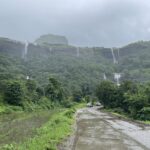
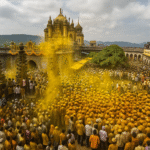

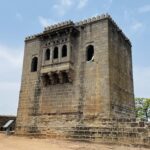
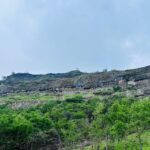
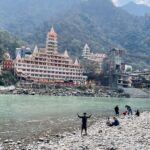
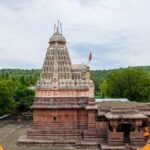
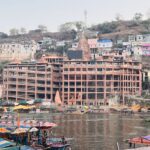
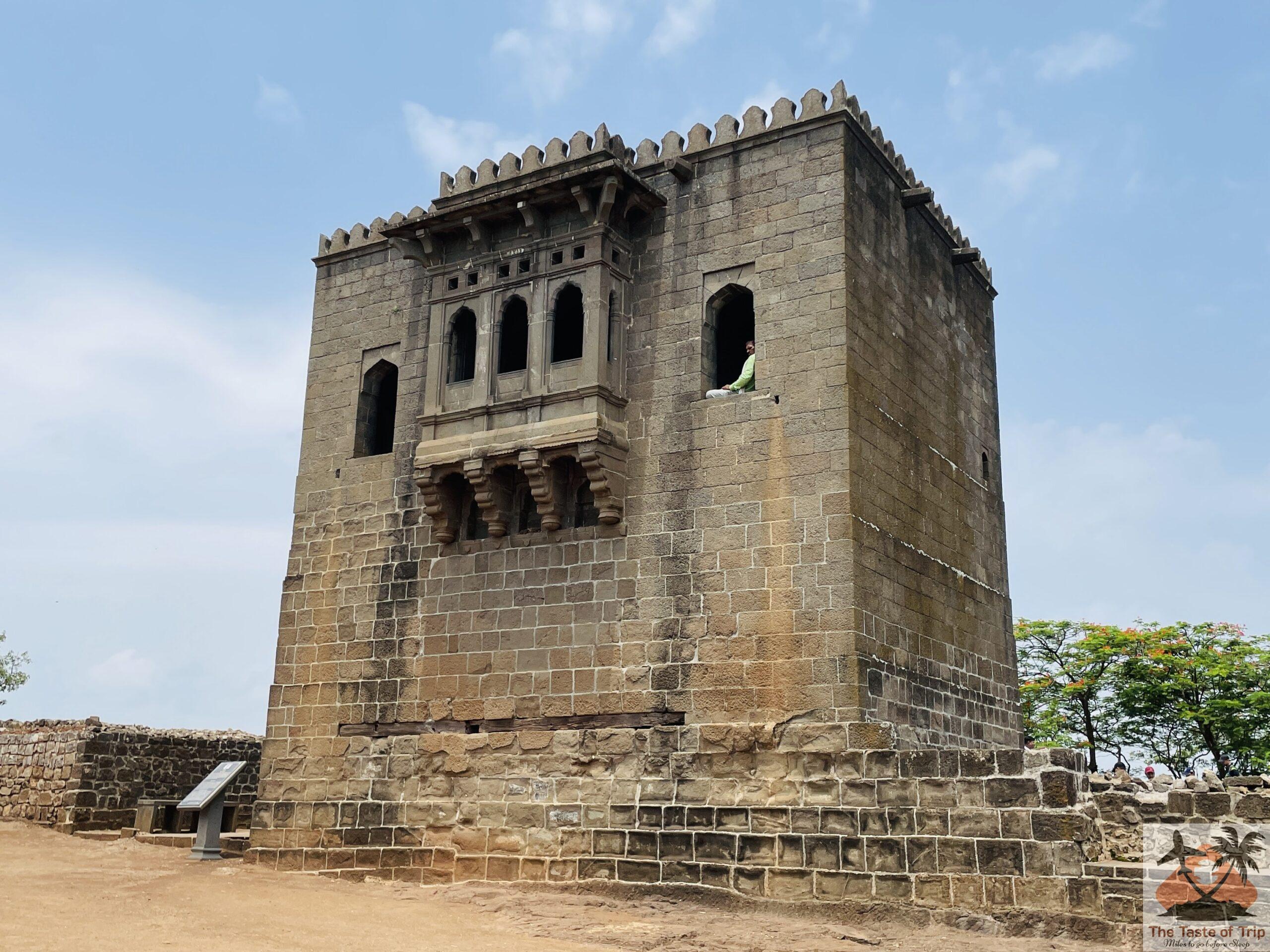
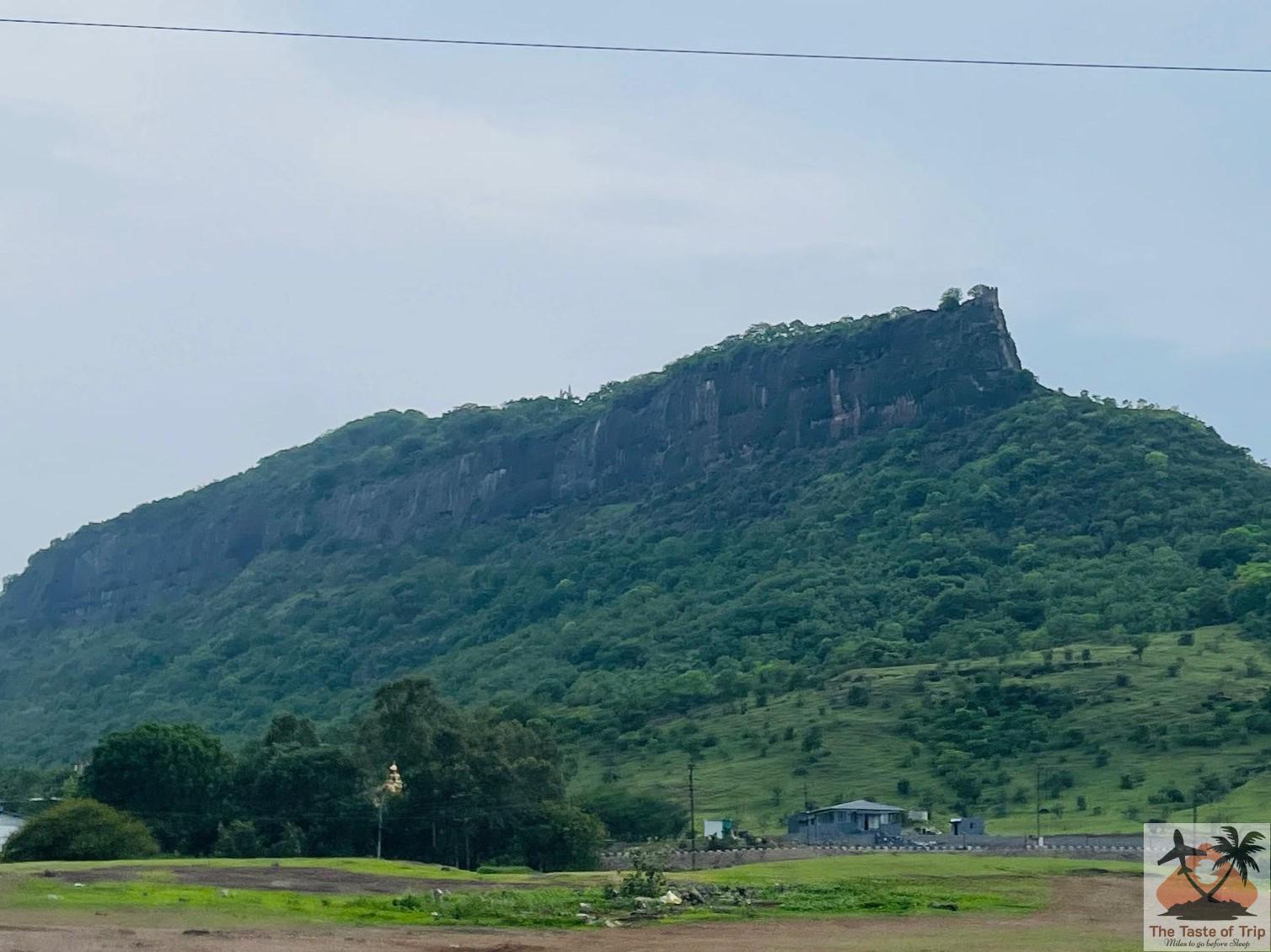
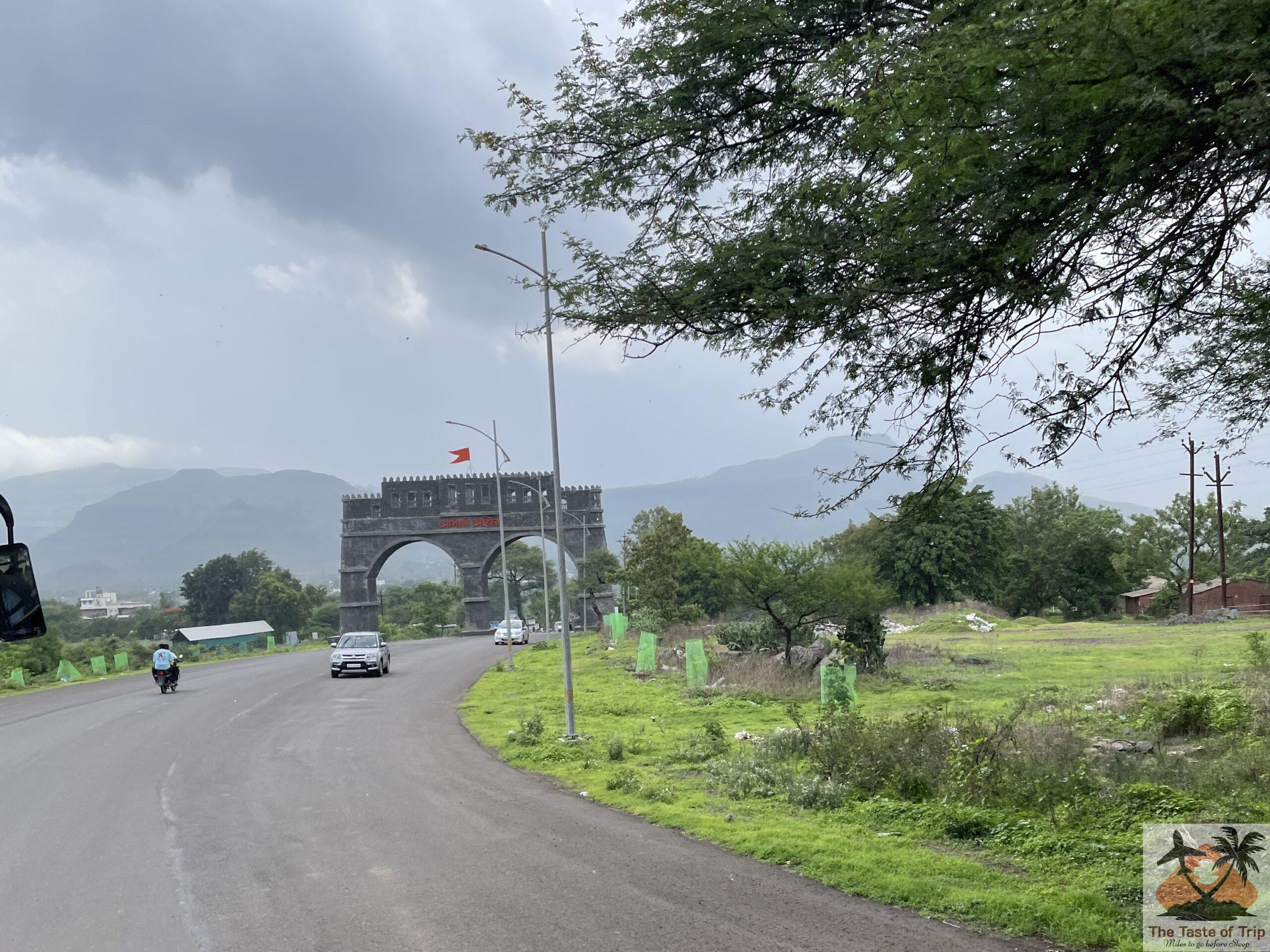
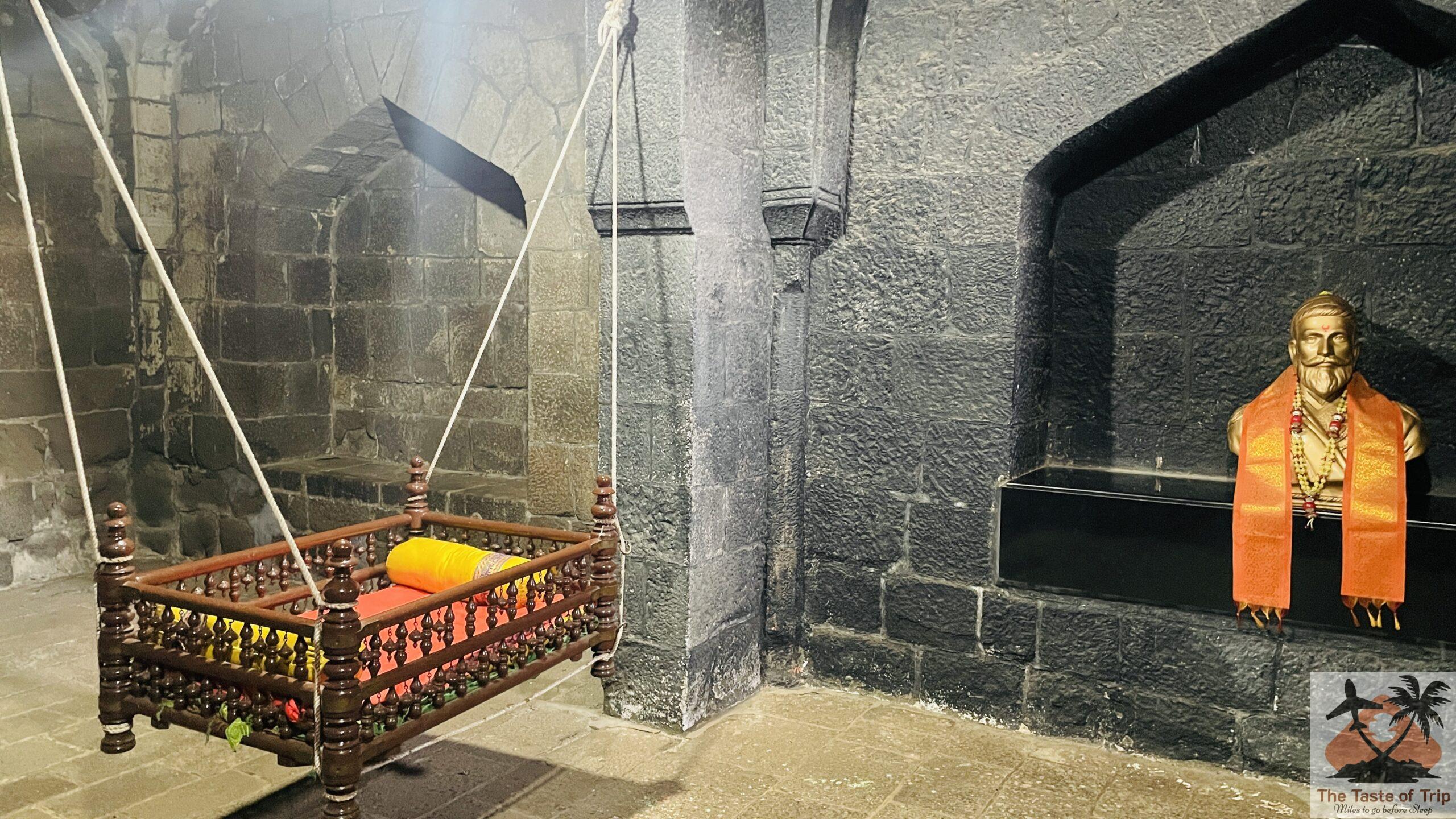
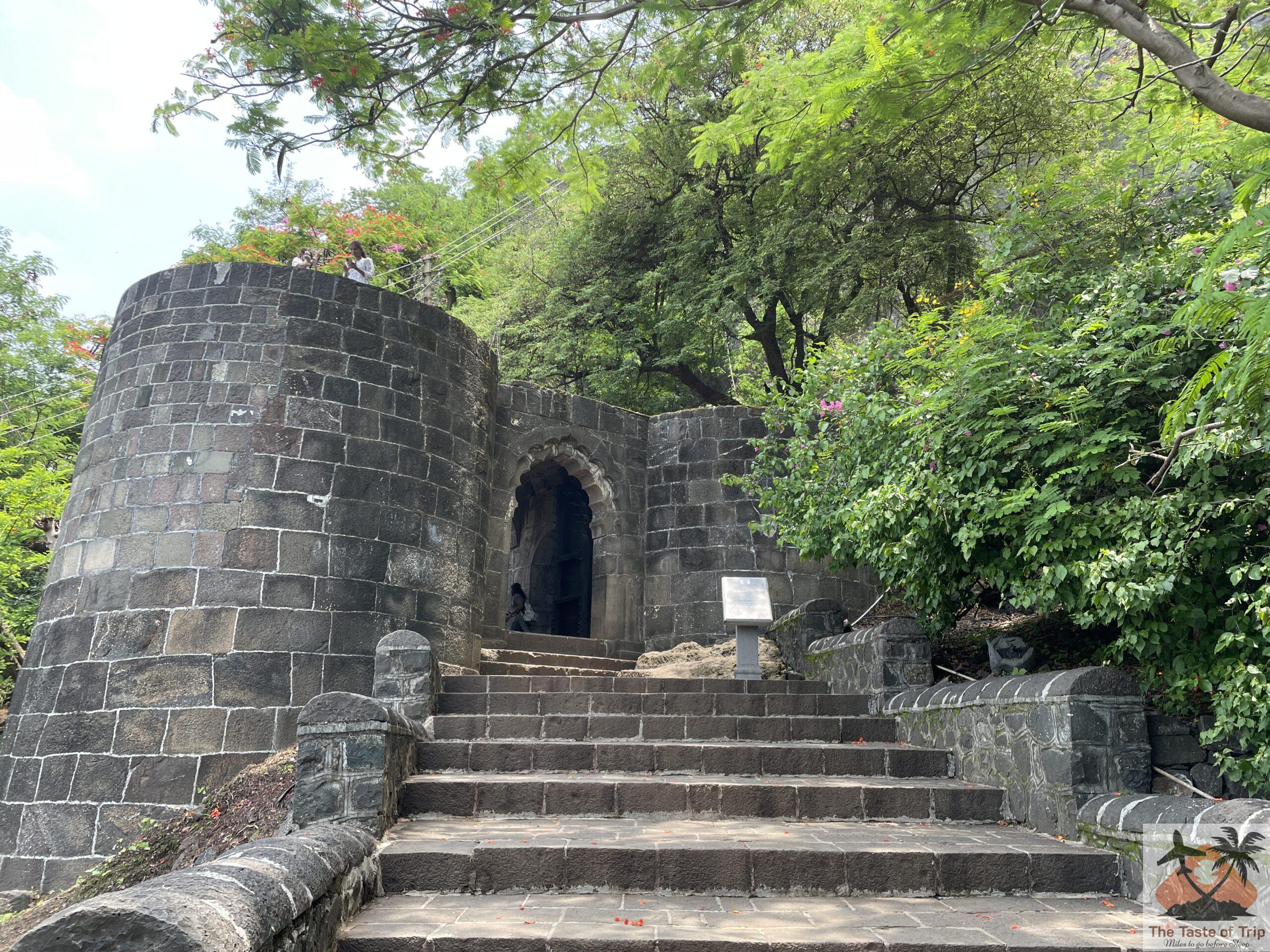
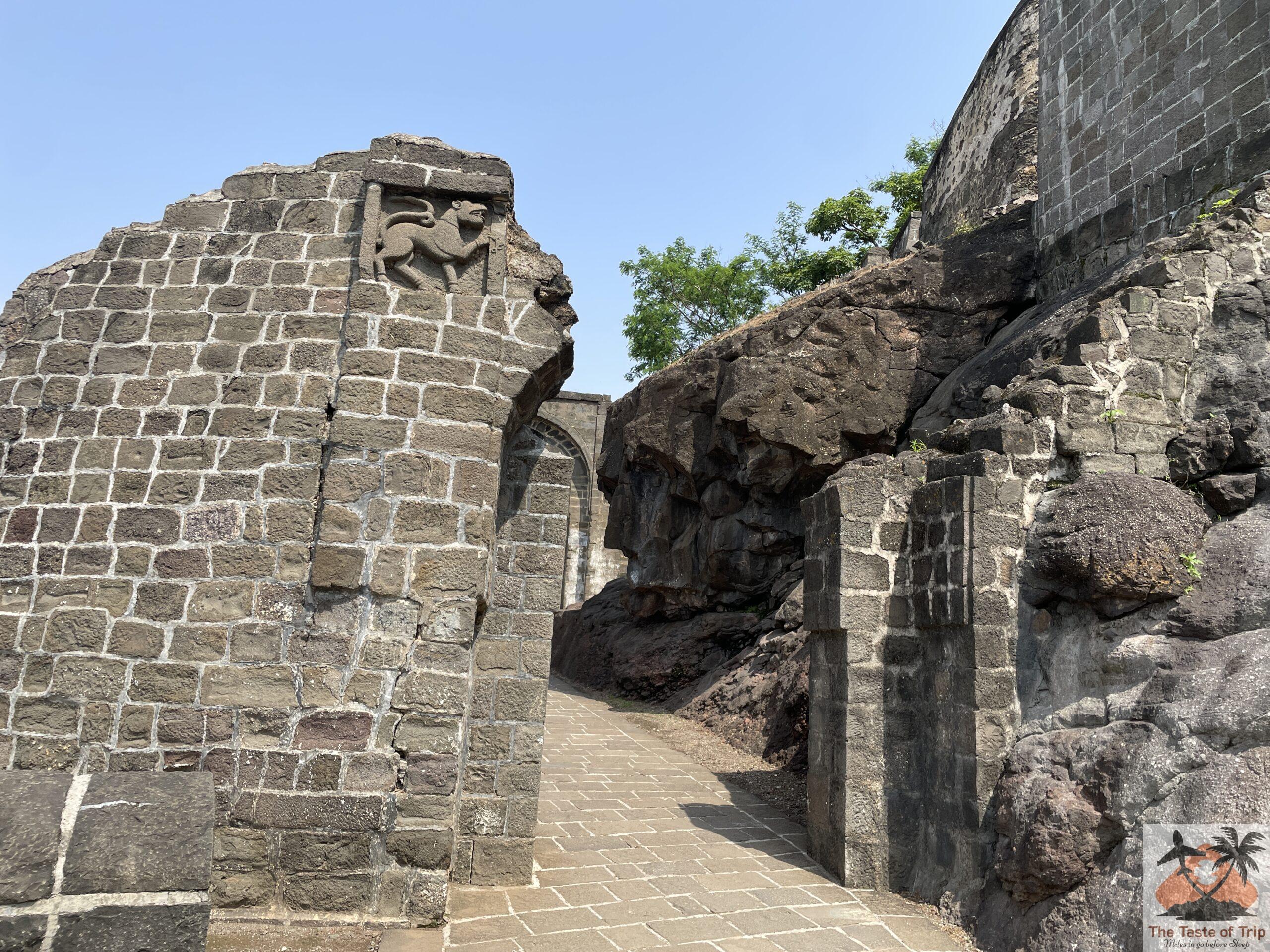

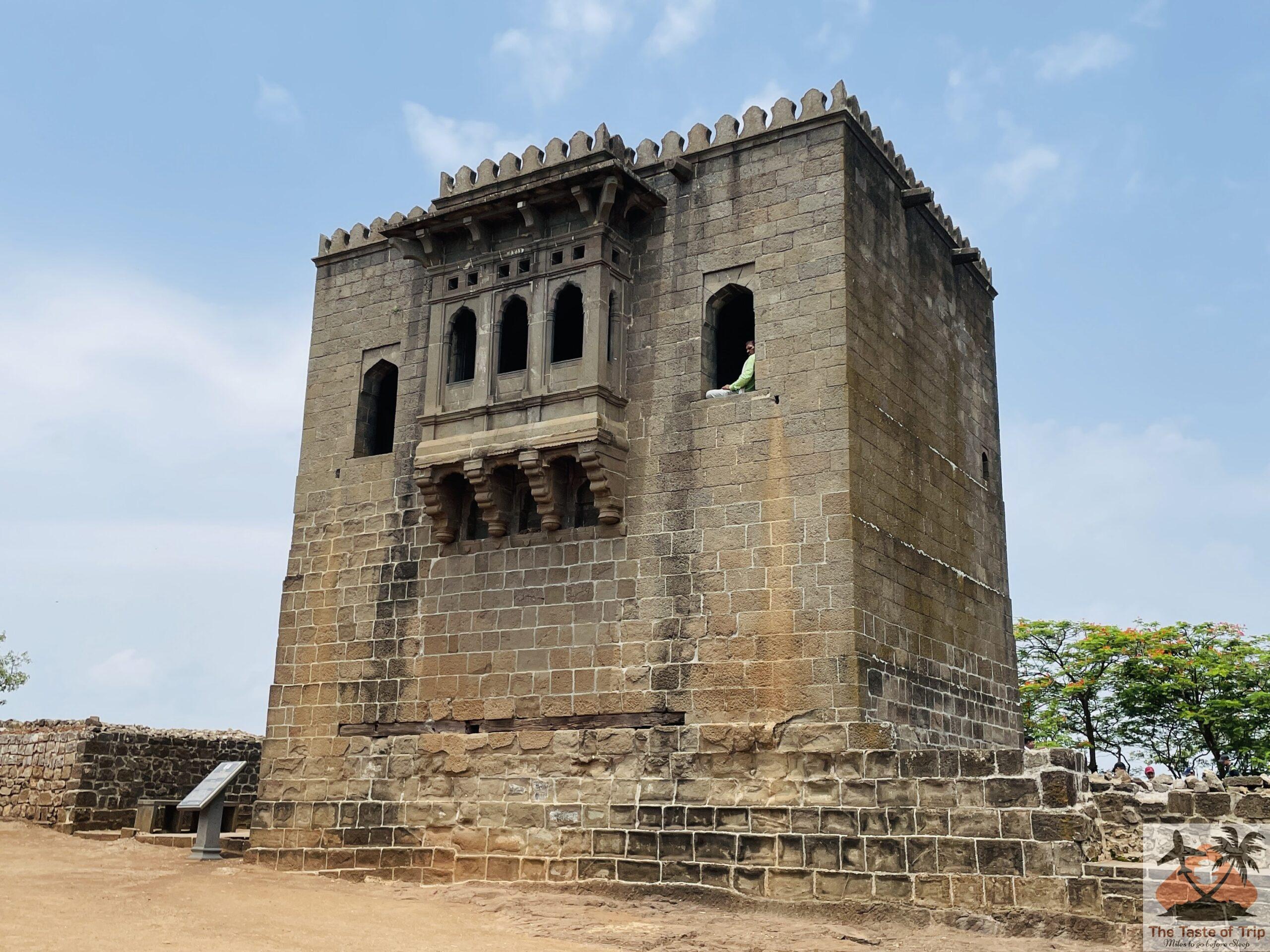

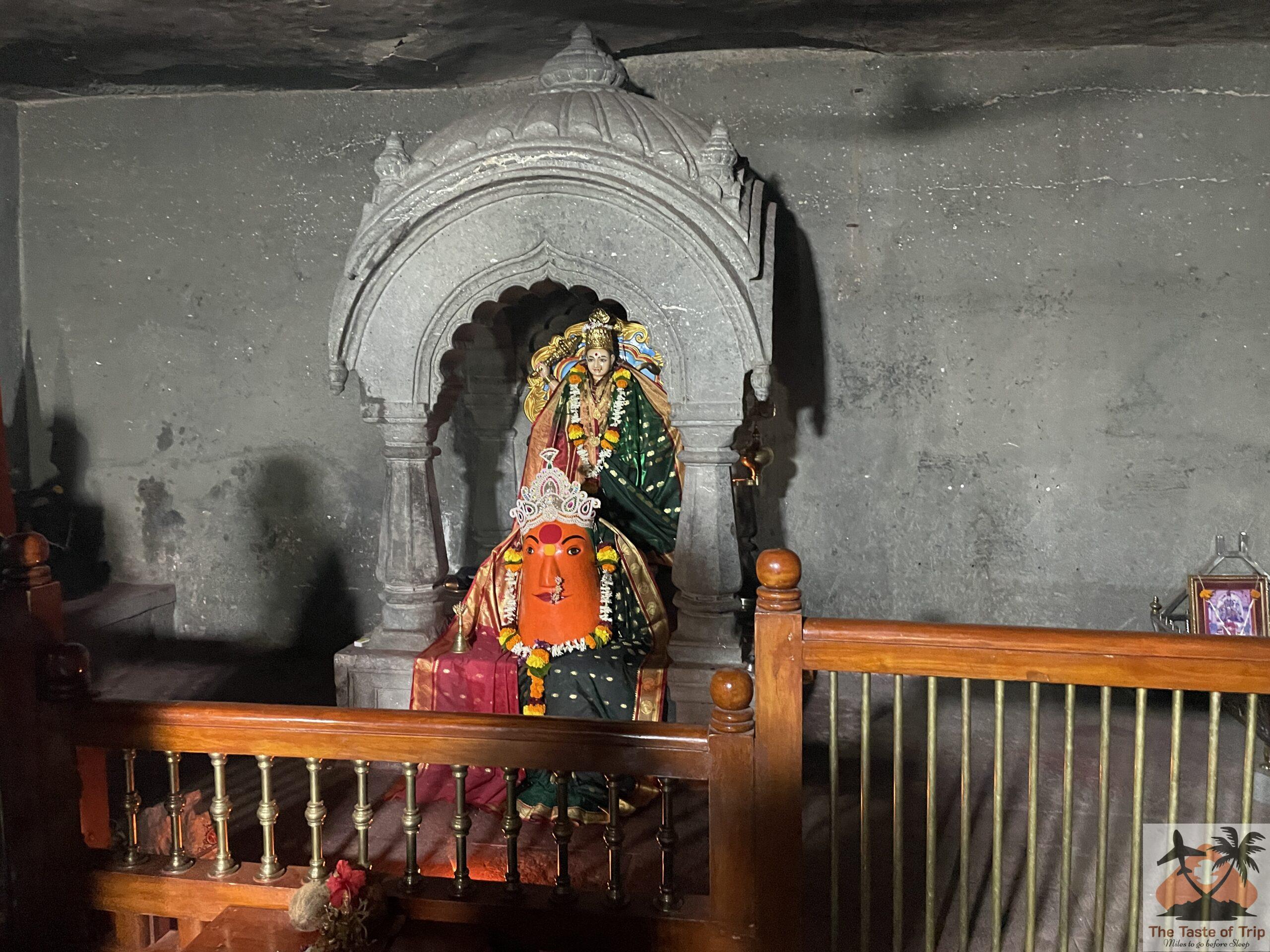
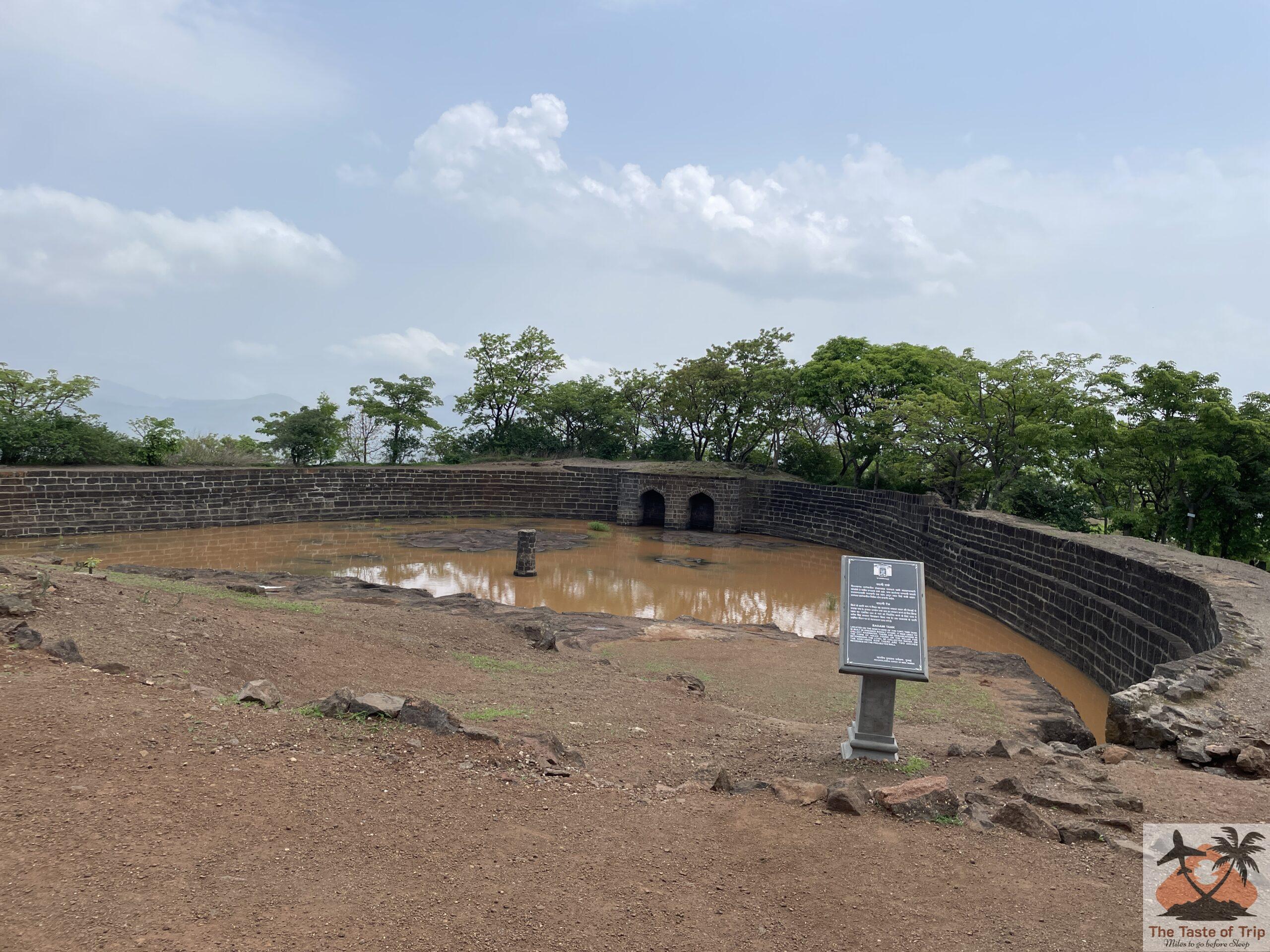
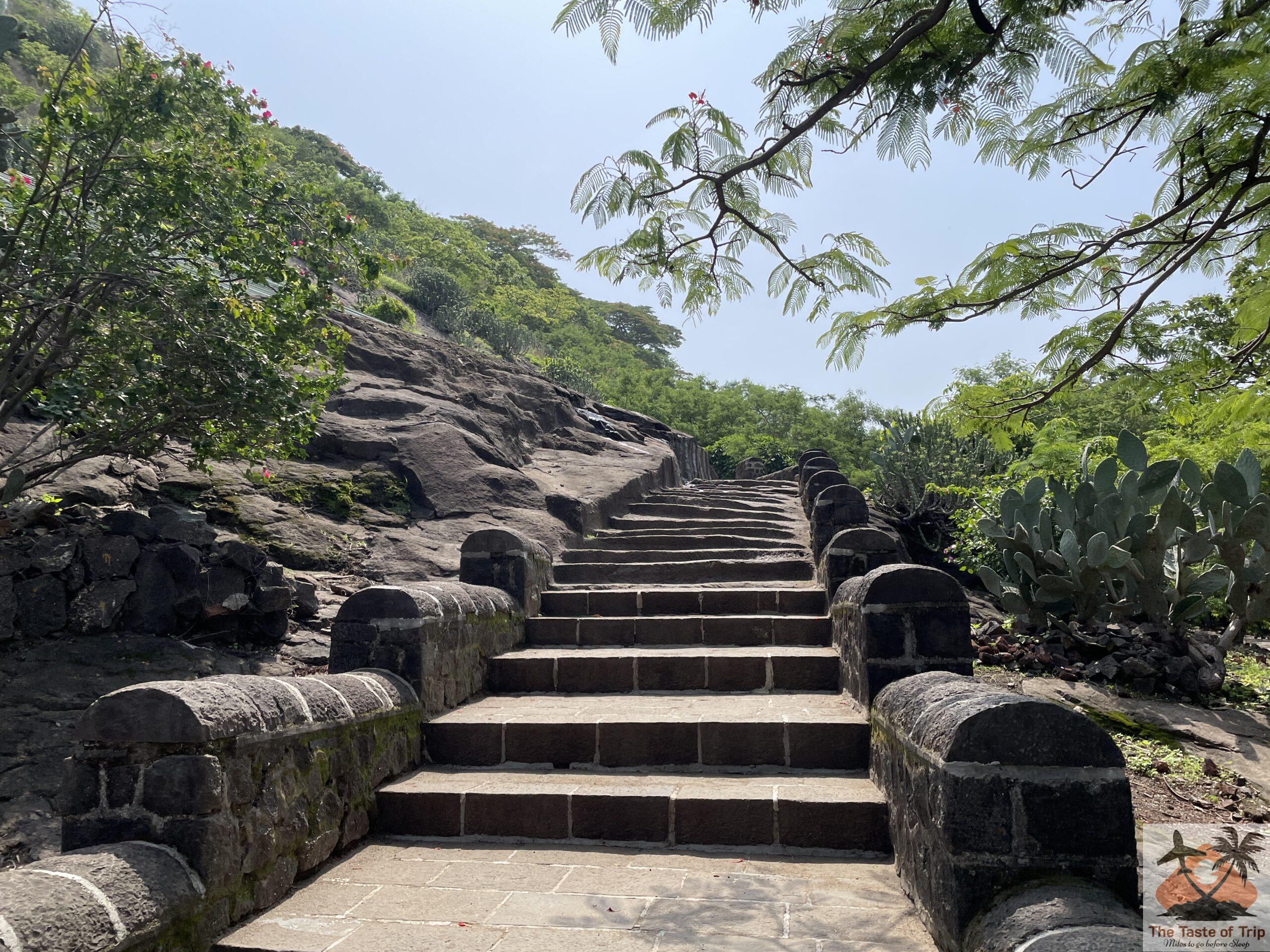

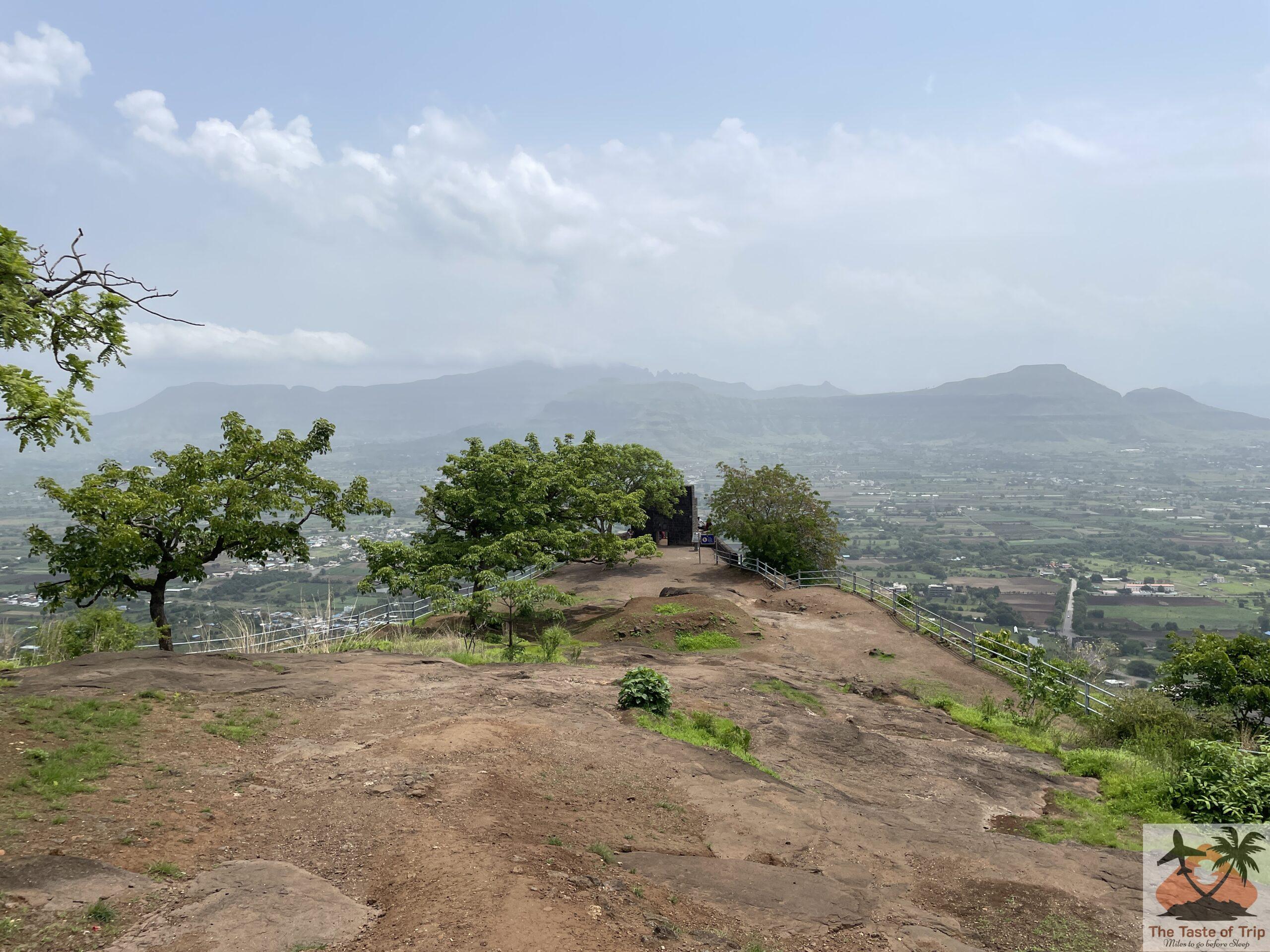
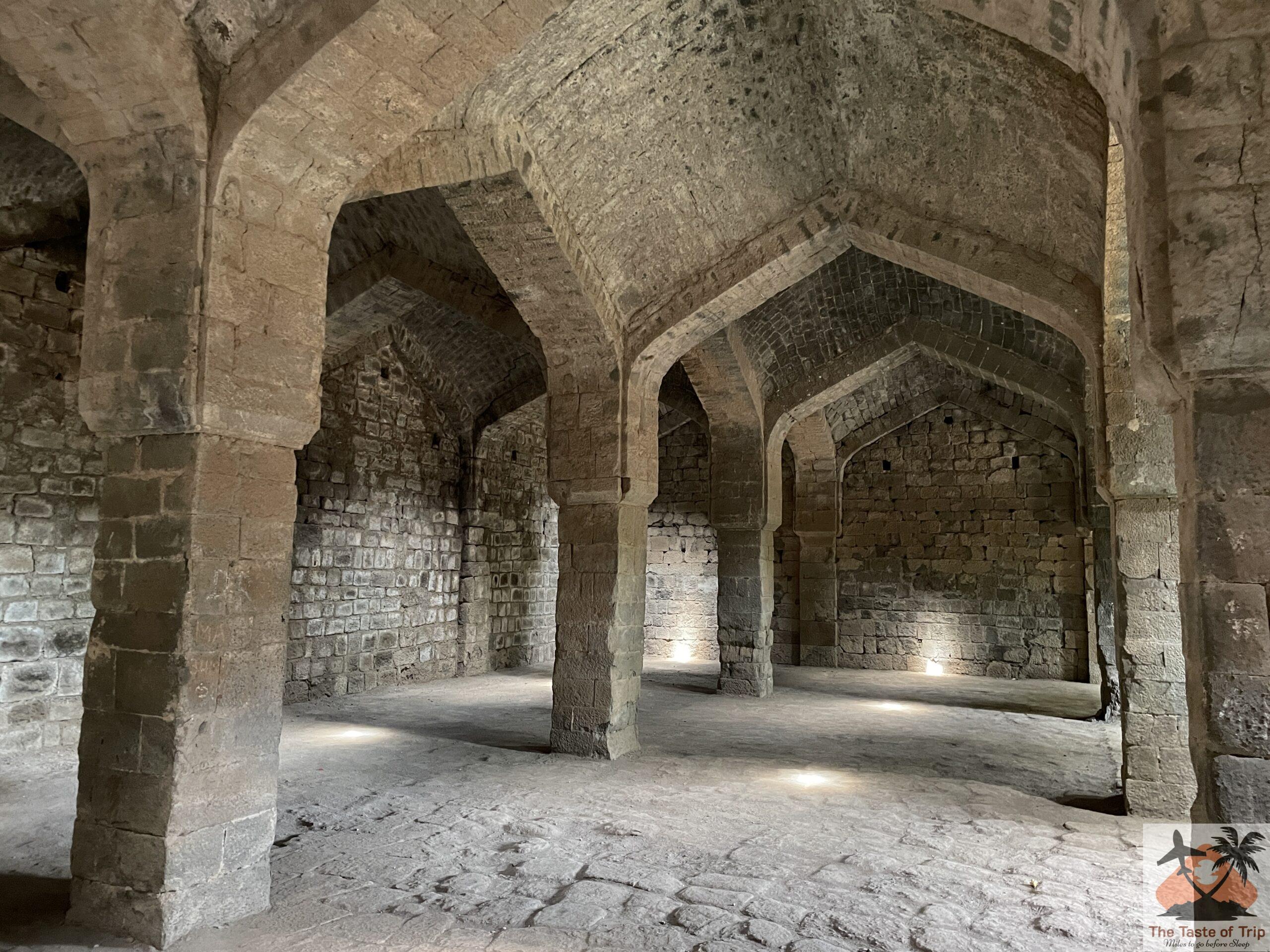
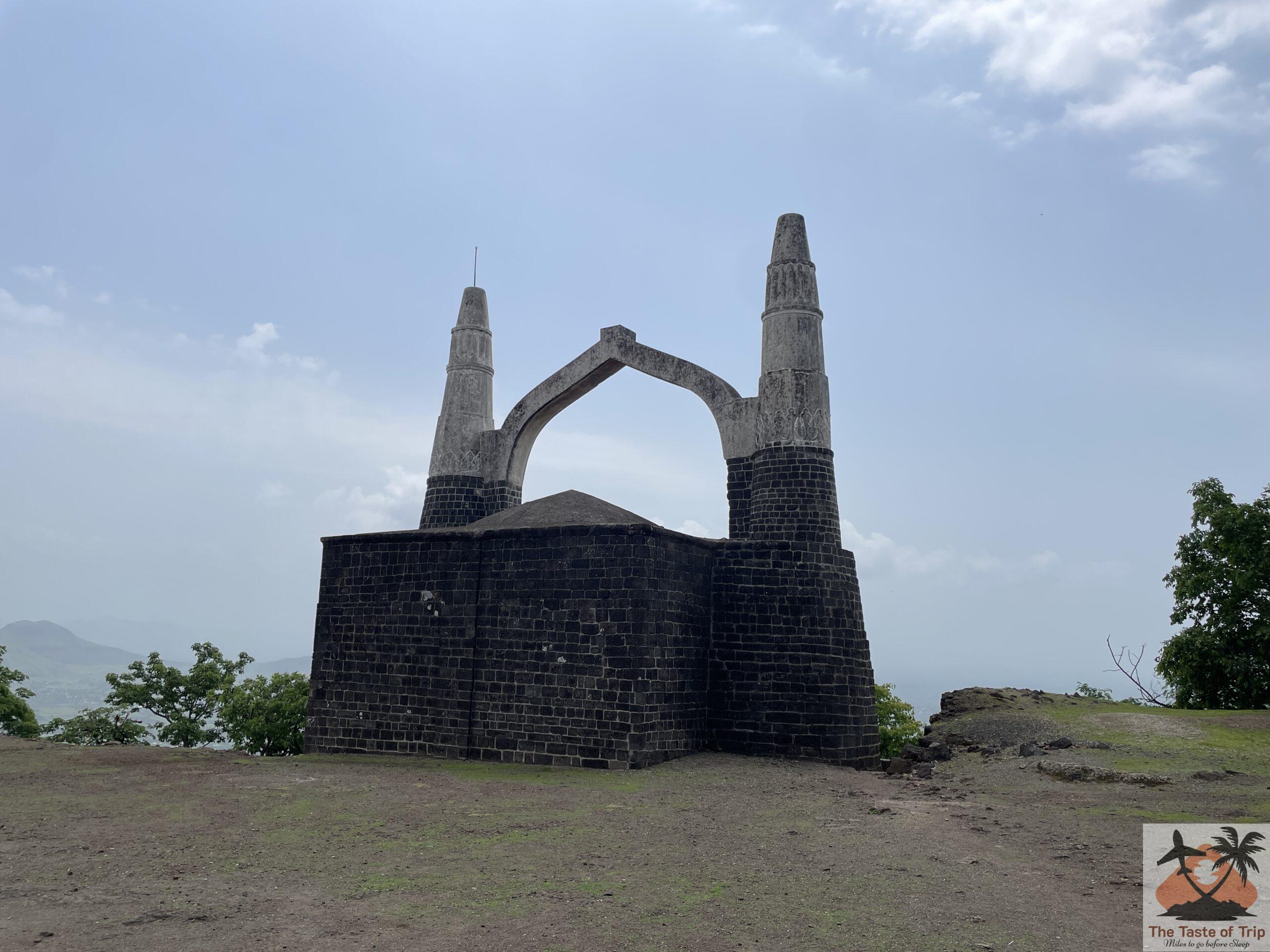

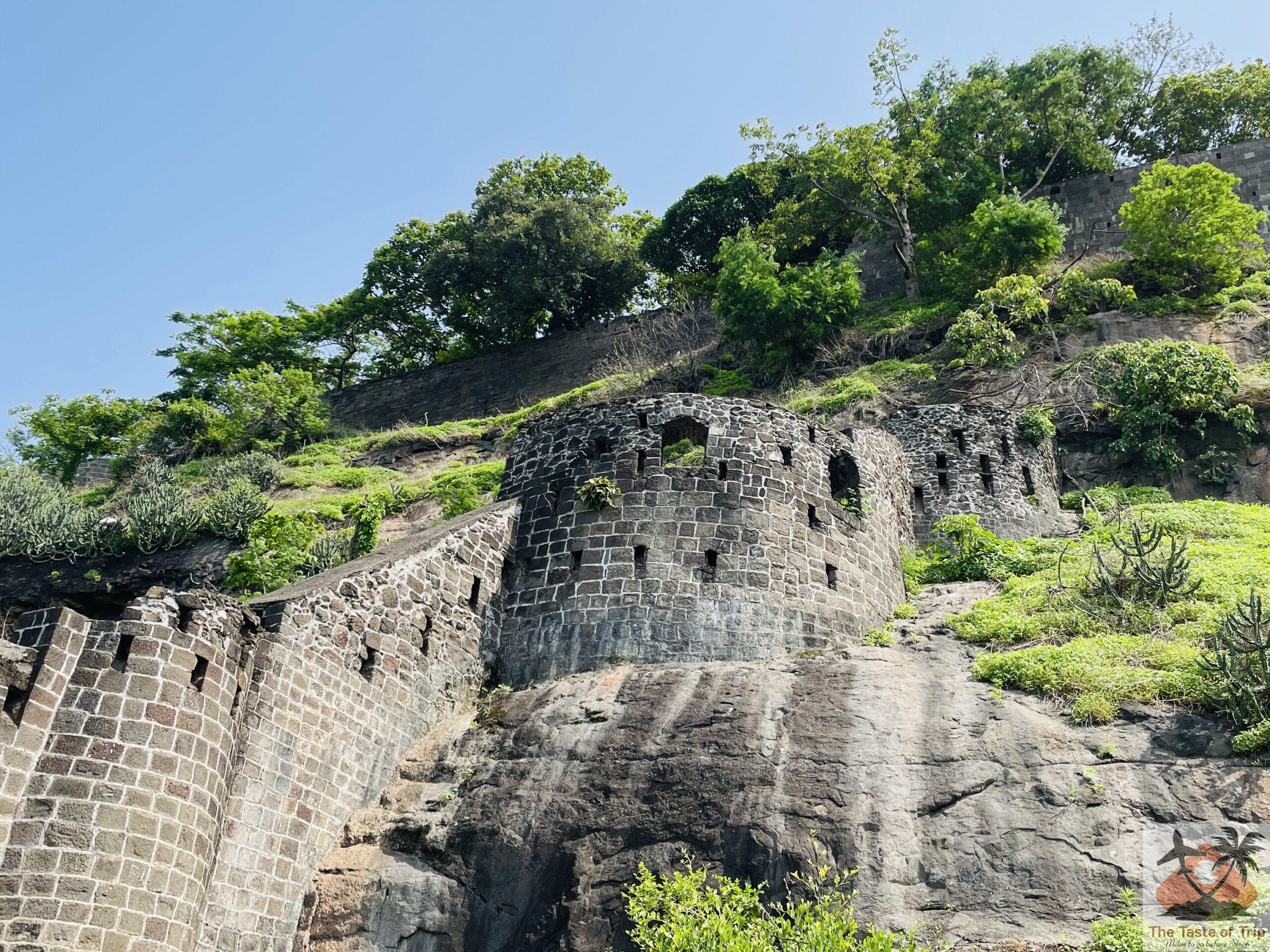
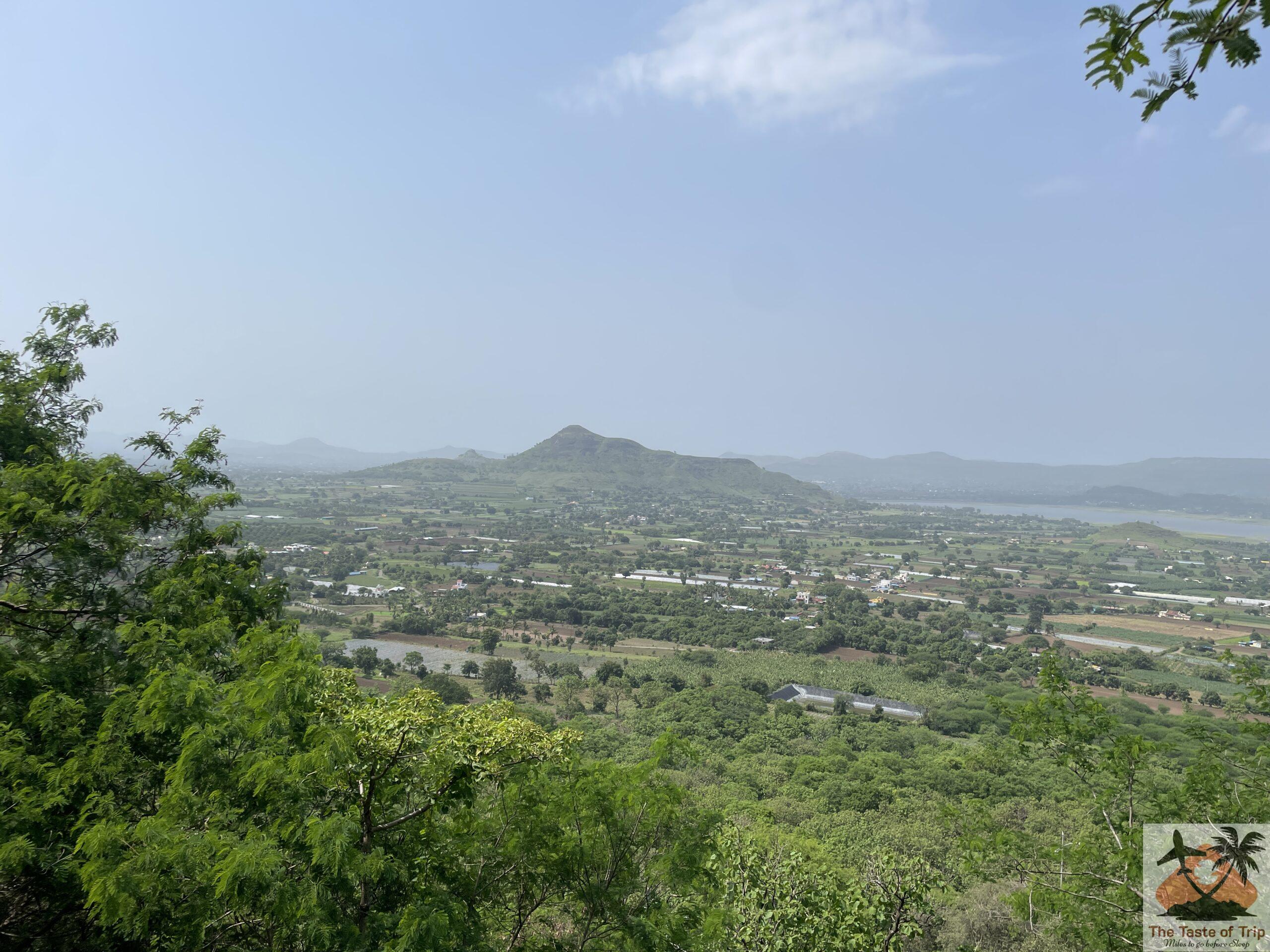
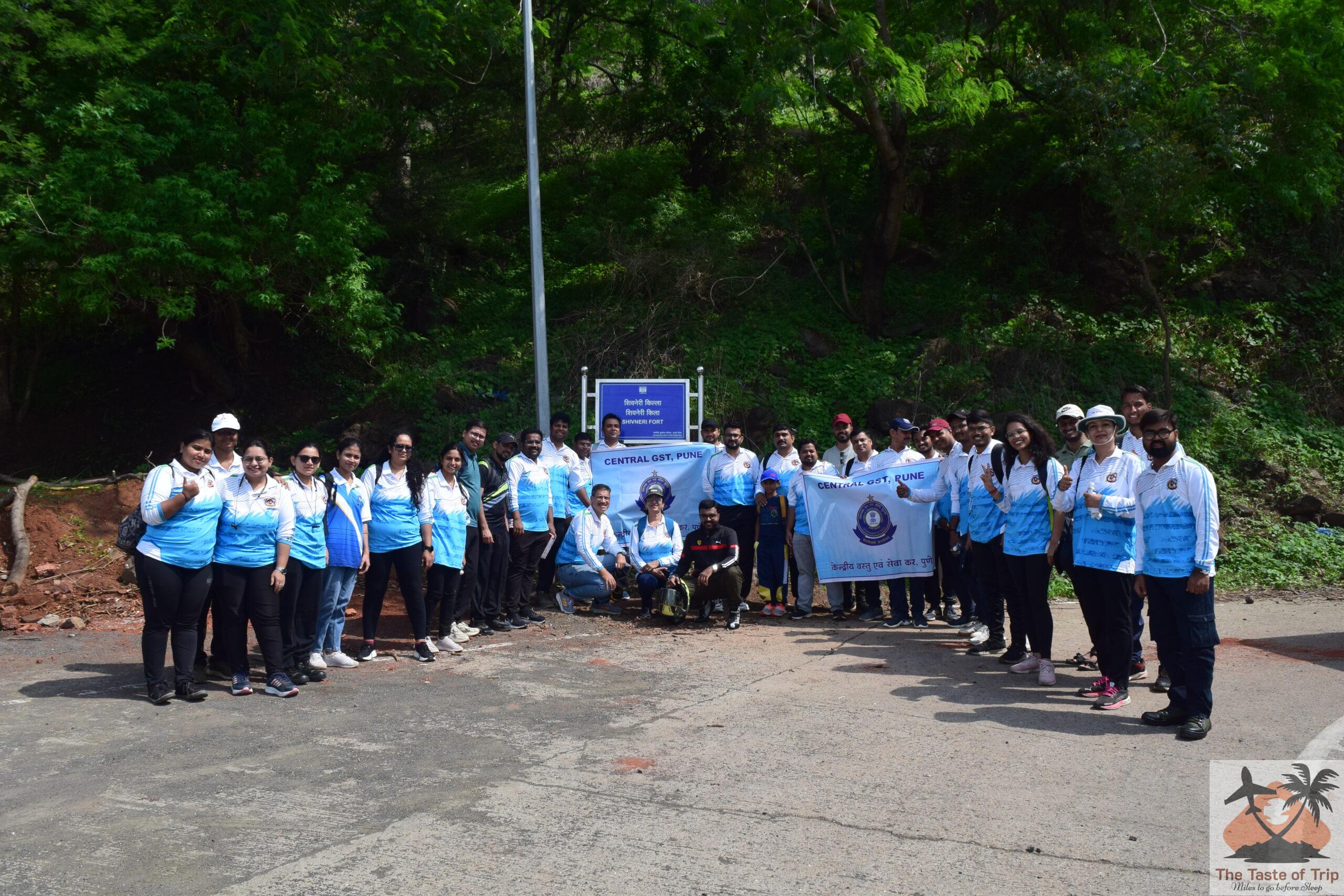
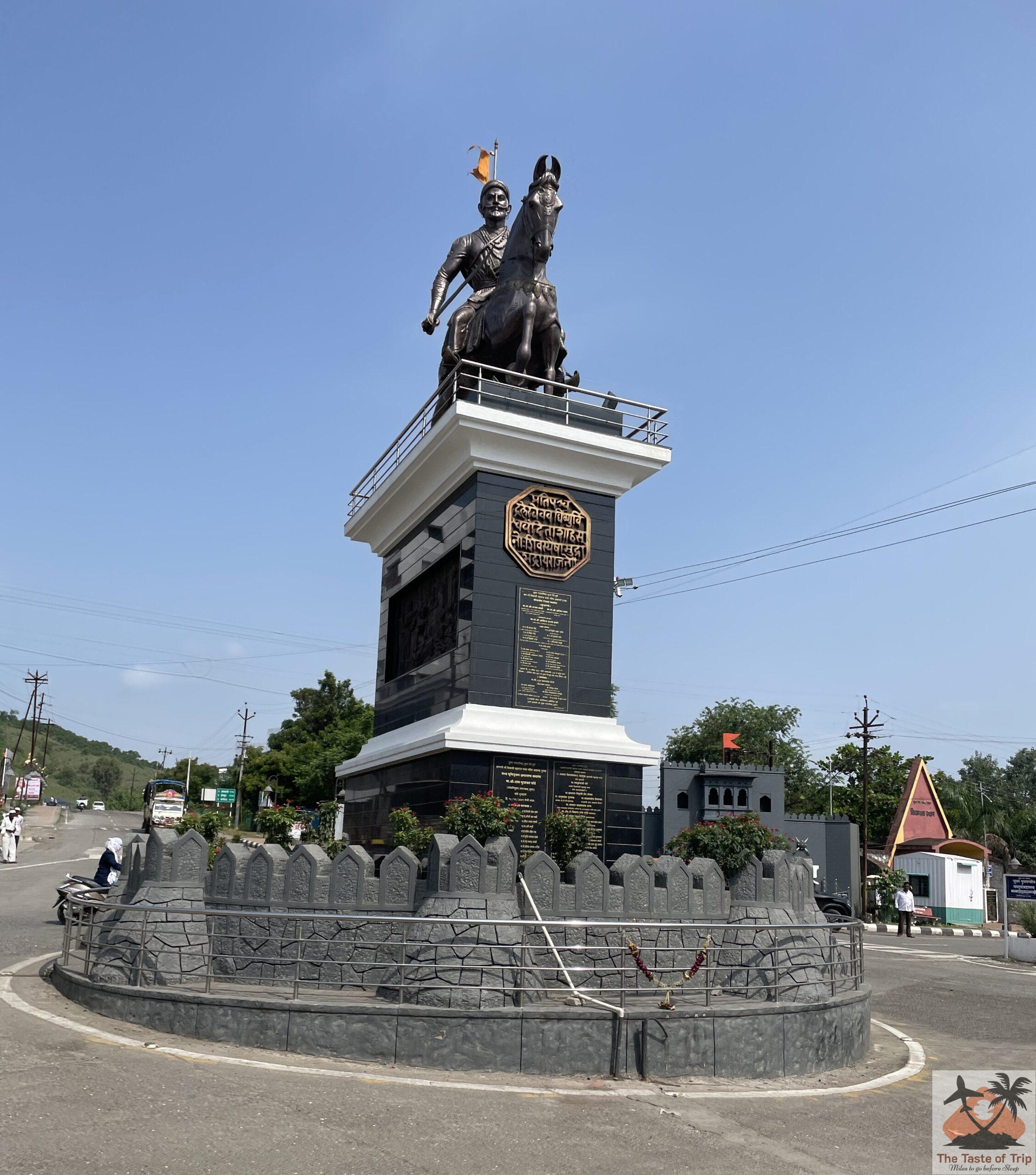
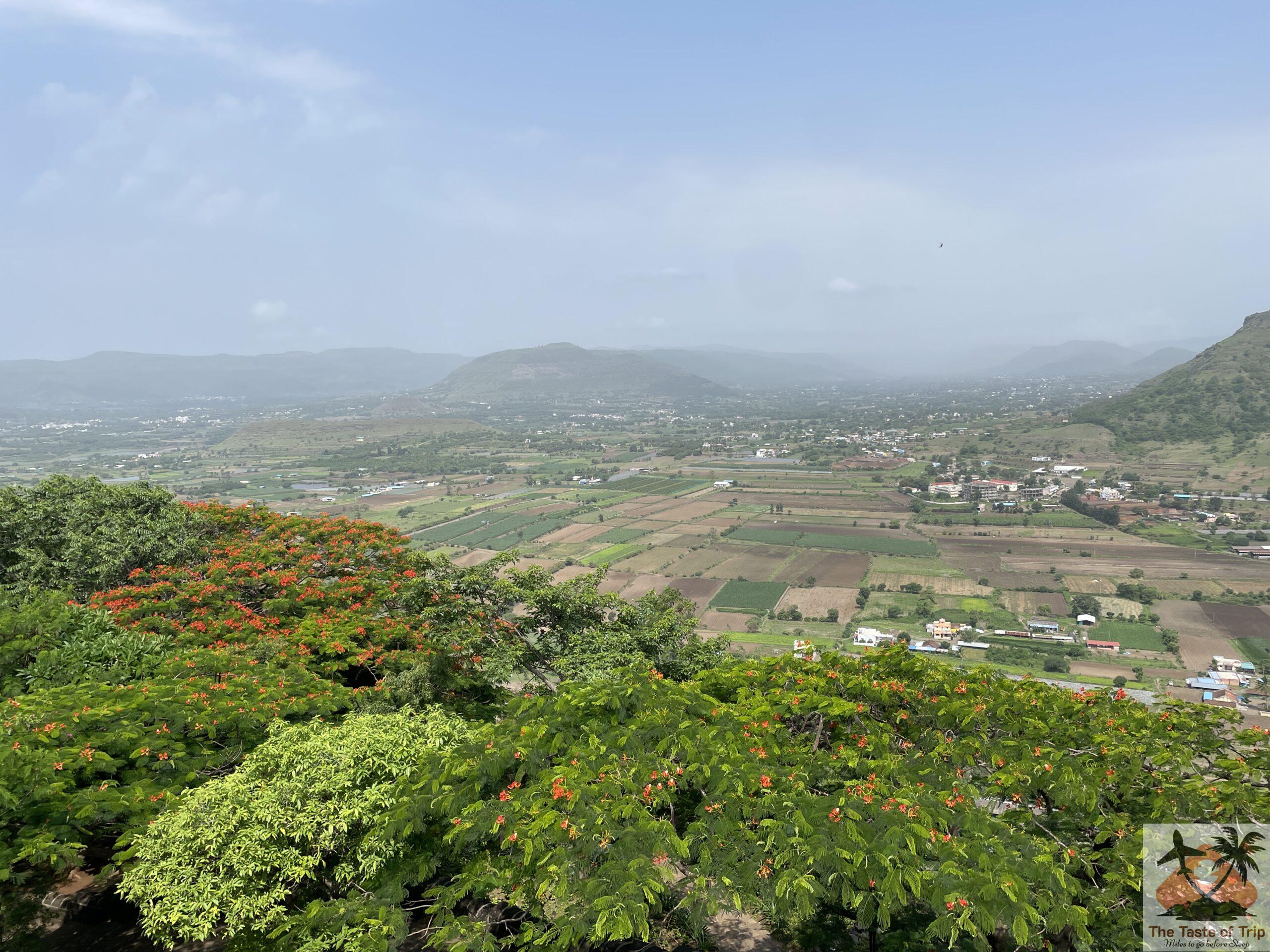
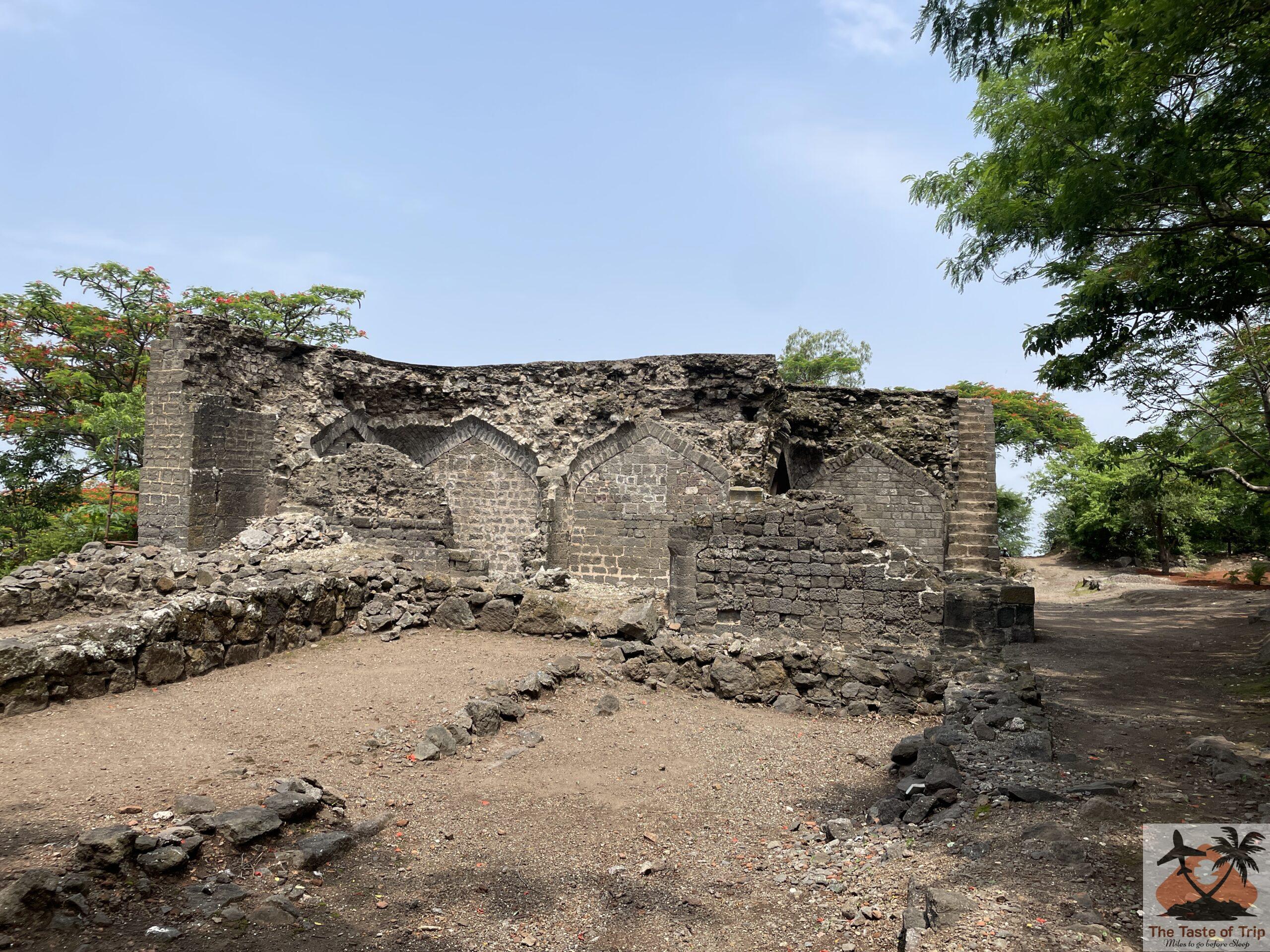
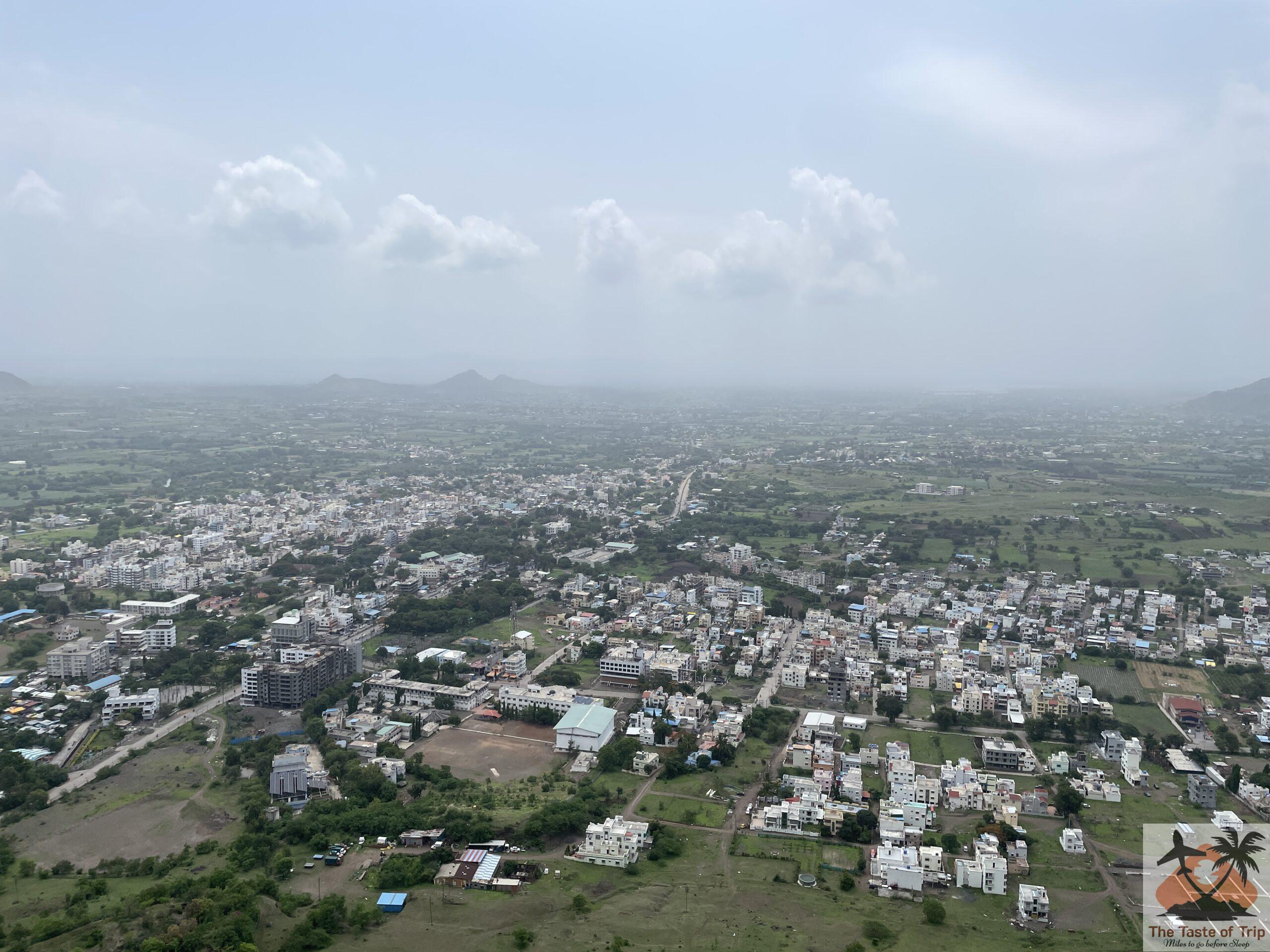
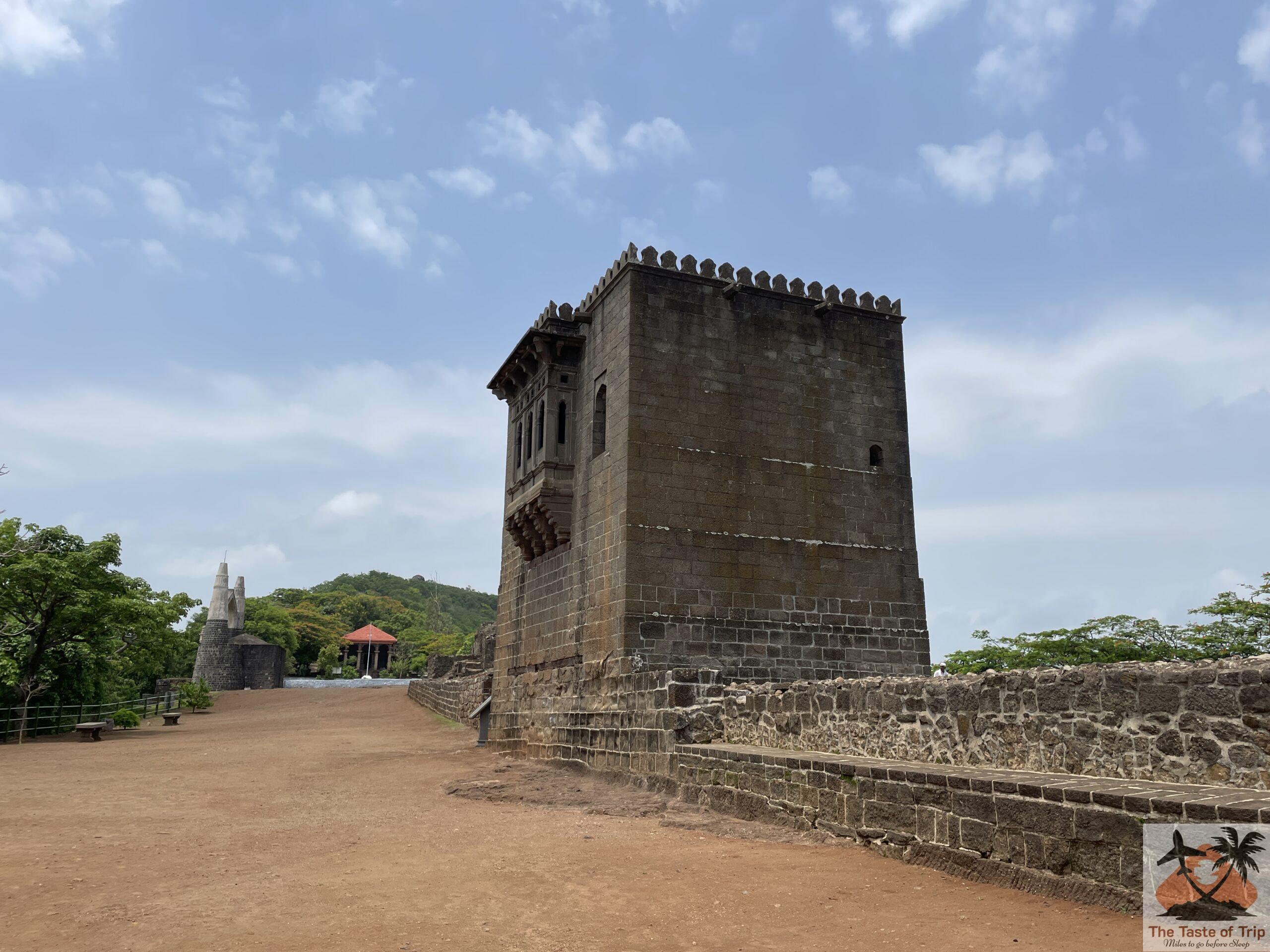

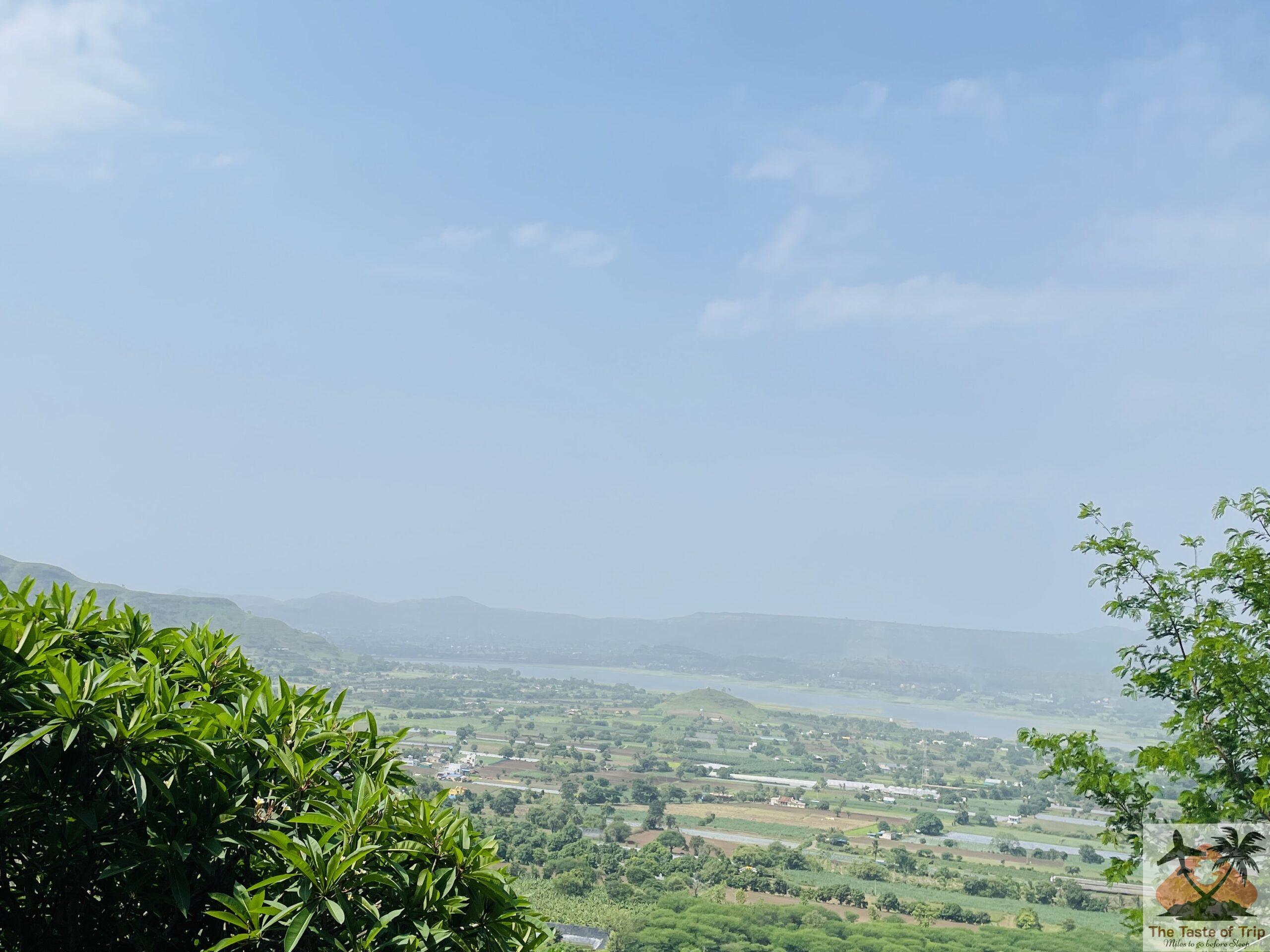
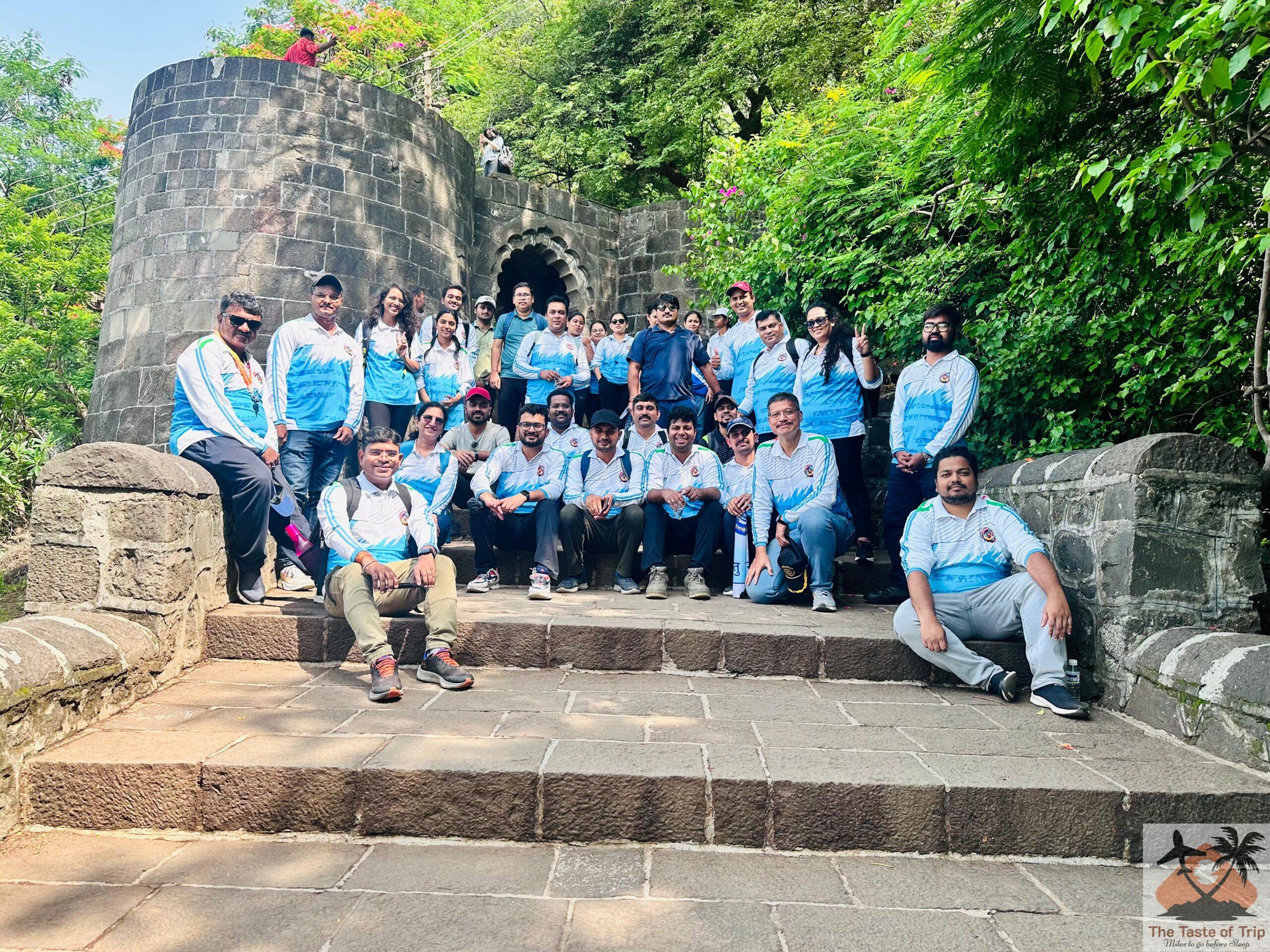
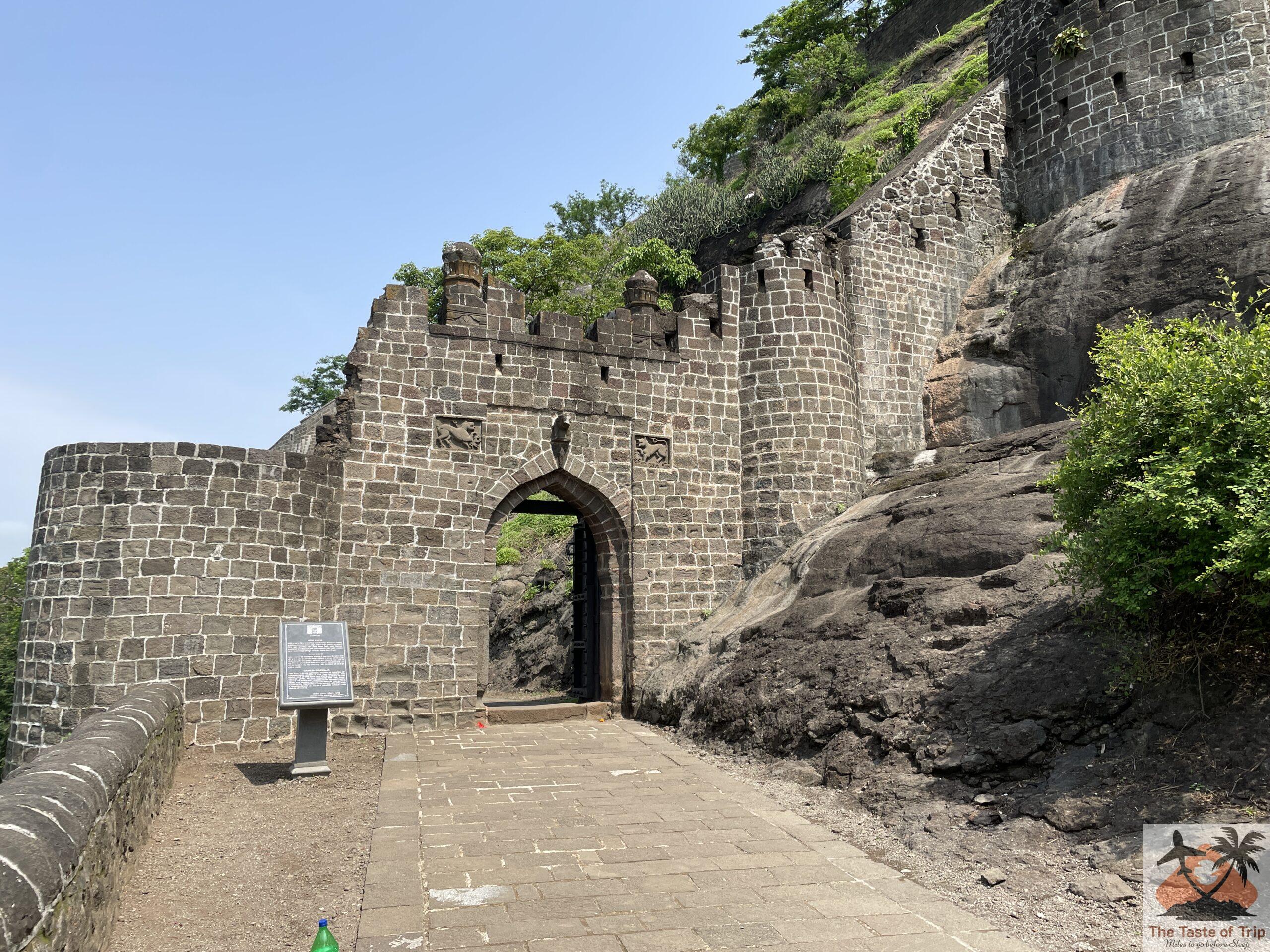
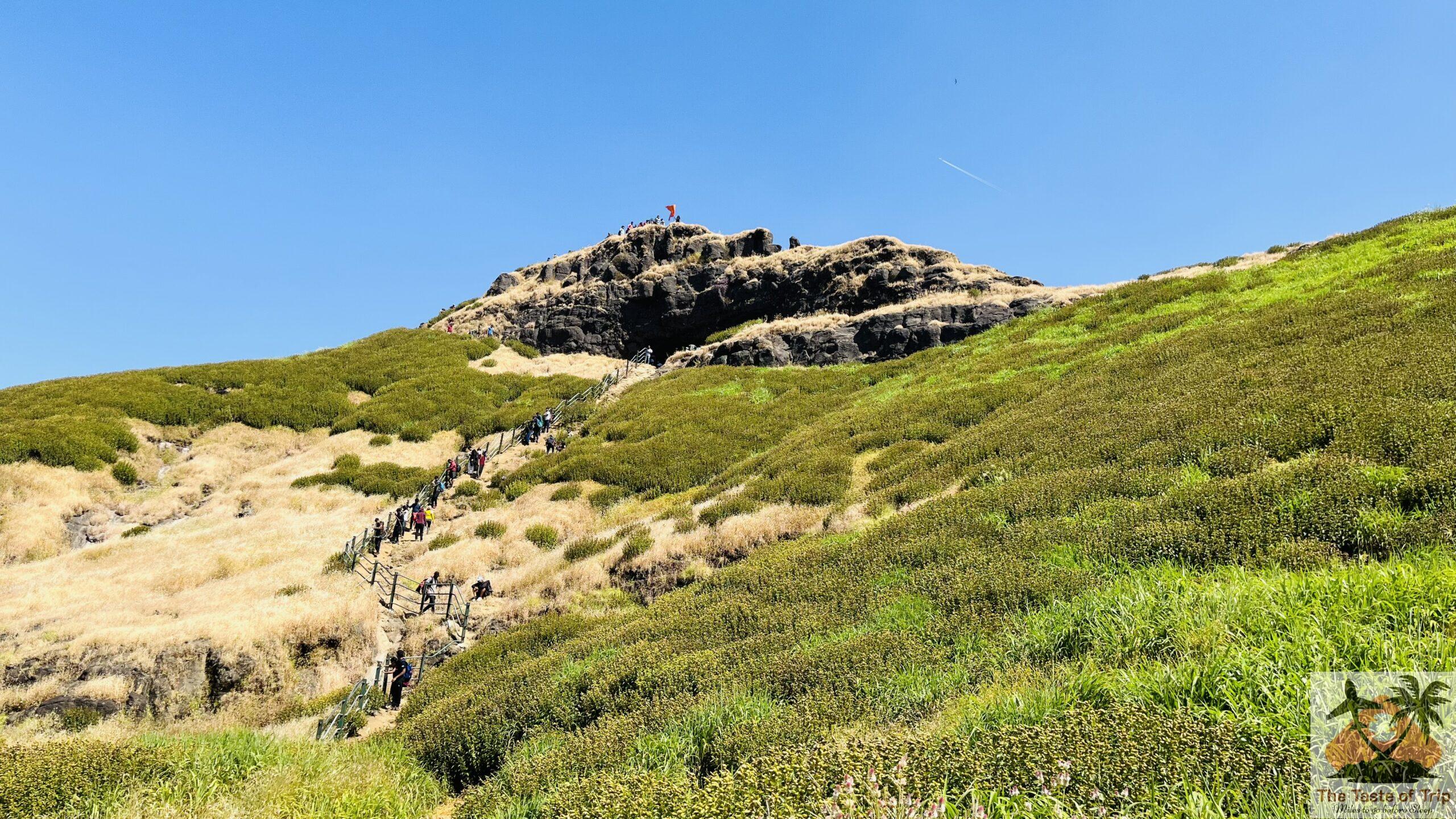


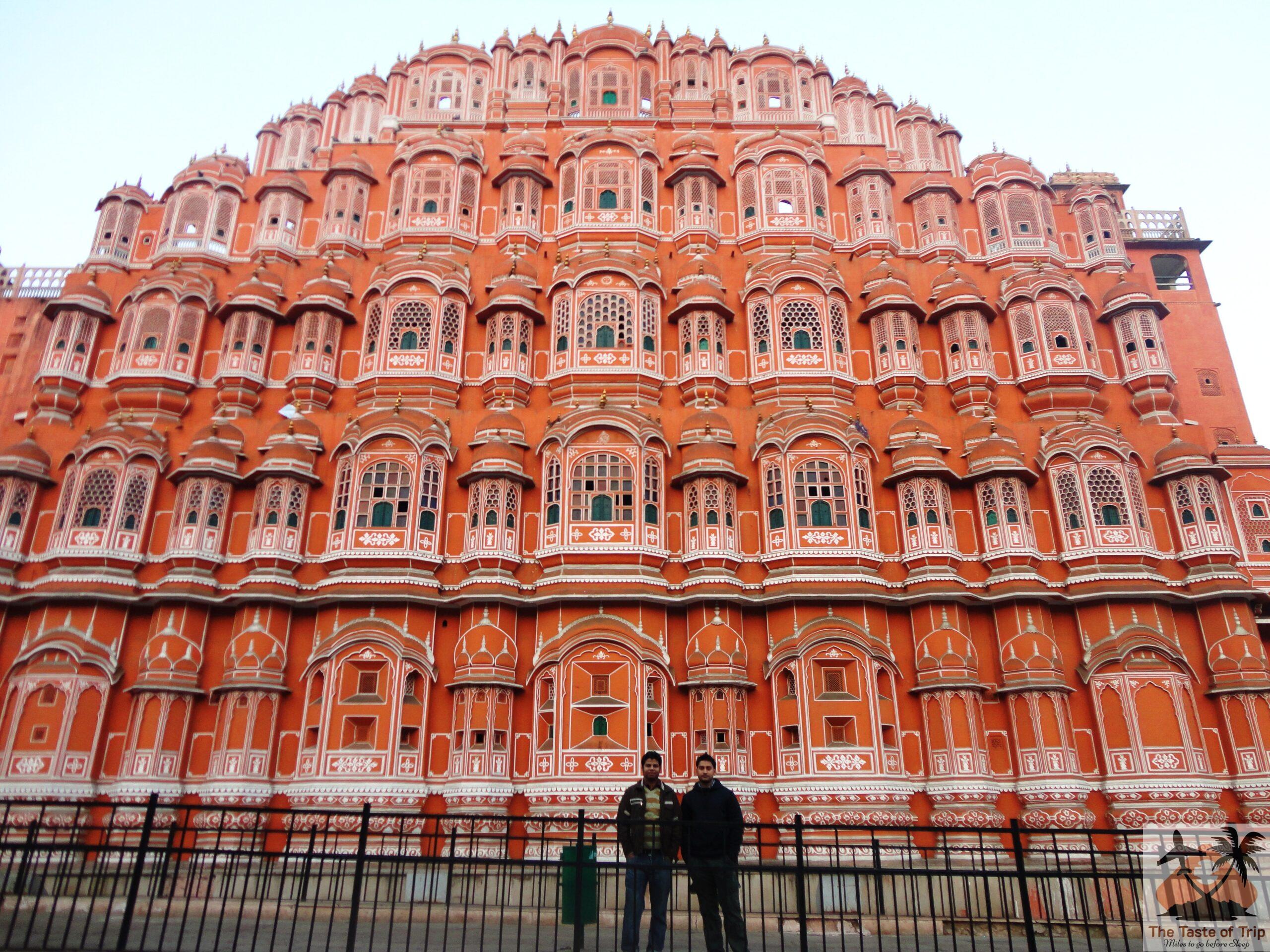
Supper Amazing Explore